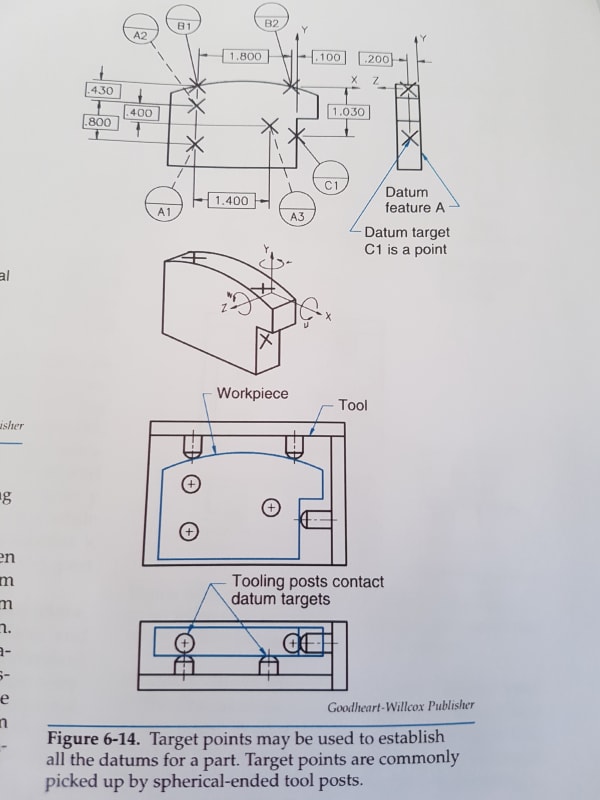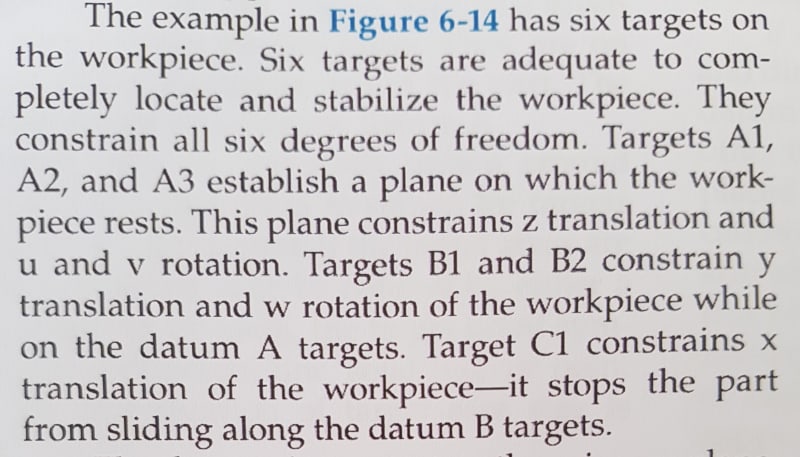Burunduk
Mechanical
- May 2, 2019
- 2,523
See the attached images from a textbook. Do you consider the DOF constraints description correct? I think there might be a problem there.


The link to the textbook online:is here
Chapter 6 from which the posted images are taken is available as a sample chapter by clicking on the chapter title.


The link to the textbook online:is here
Chapter 6 from which the posted images are taken is available as a sample chapter by clicking on the chapter title.
